Connected Worker Platform
Align Knowledge, Skills and Abilities with Demand
Connected worker platforms that are tied a skills management system can significantly enhance connected worker value by ensuring their abilities are fully aligned with the demands of modern, digitized manufacturing environments.
Seamless Integrations
Powerful integrations with your existing systems.




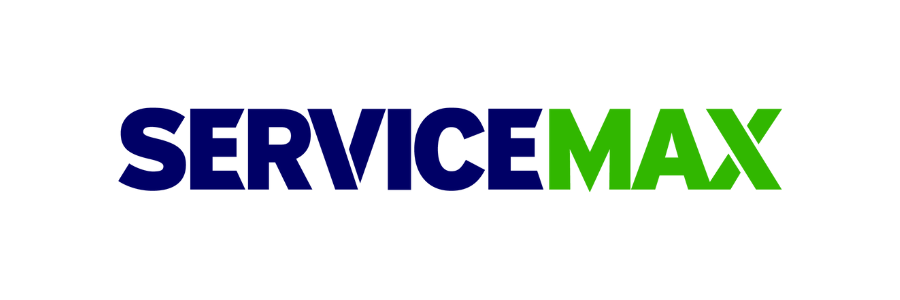

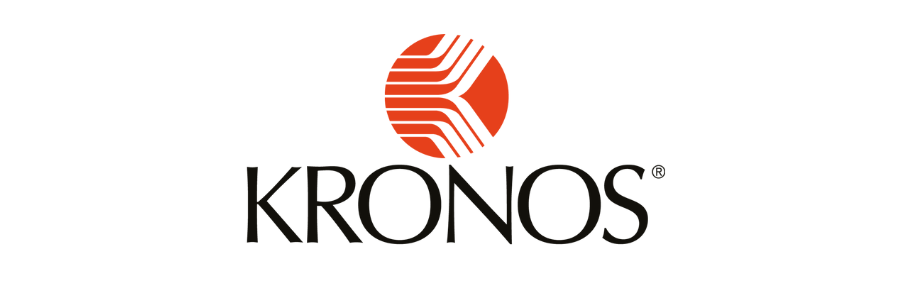




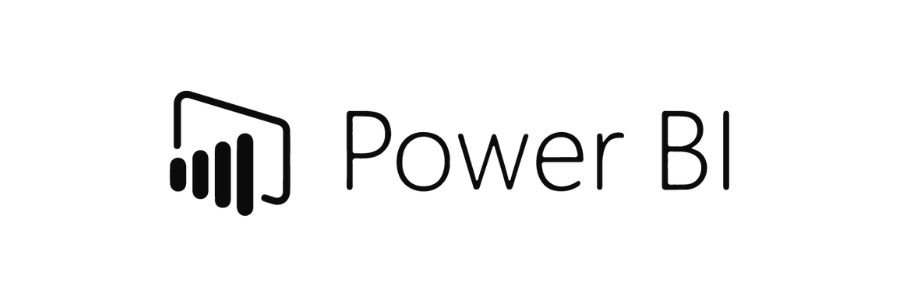
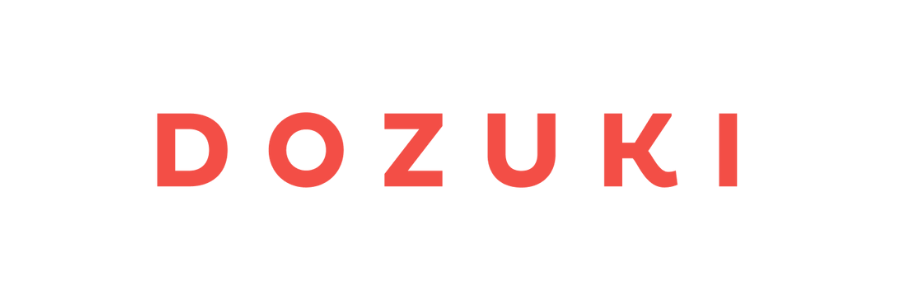

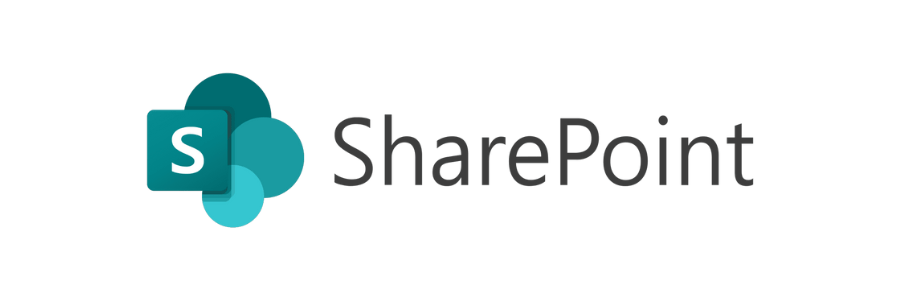
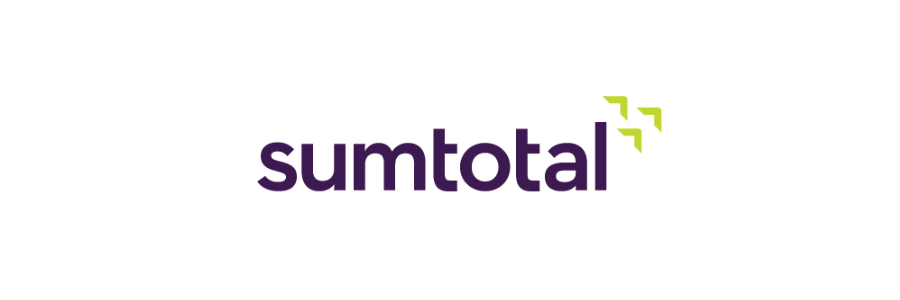
What's the Buzz About Connected Worker Platforms?
Maximize Your Connected Worker Platform
Technology alone will not allow you to maximize your investment in the connected worker. Building out a skills management strategy can significantly enhance the value of the connected worker by ensuring that their abilities are fully aligned with the demands of modern, digitized manufacturing environments.
By systematically identifying, developing, and utilizing workers’ skills, companies can optimize task allocation, reduce downtime, and improve overall productivity. Manufacturing skills training programs tailored to individual needs enhance worker competence in using advanced technologies, leading to higher quality outputs and reduced error rates.
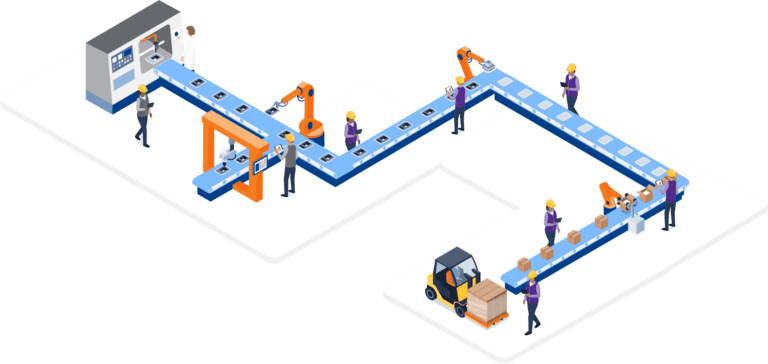
Quicken time to competency by completing onboarding processes on the manufacturing floor with supervisor validation.
Upskill, reskill, and cross-skill guided by validated skills data to advance career development, meet job role requirements, achieve goals, and complete on-the-job training.
Use highly technical machinery with all licenses and certifications accessible quickly in Kahuna for regulatory compliance or scheduling needs.
Upload training materials, photos, and certifications, and review and validate workforce skills on the plant floor with Kahuna’s mobile functionality
Use actionable, validated skills data to inform scheduling decisions and ensure the right worker with the right skills is staffed on the line.
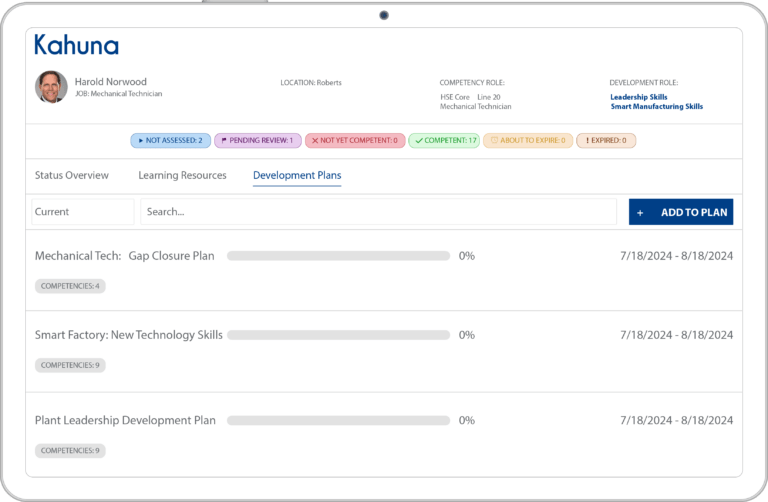
Empower The Connected Worker
Additionally, skills management fosters a culture of continuous learning and adaptability, empowering workers to stay current with industry advancements and contribute more effectively to innovation and process improvement. This strategic approach not only boosts operational efficiency but also enhances job satisfaction and employee retention, ultimately driving competitive advantage for the organization.
Kahuna Supports the Connected Worker Platform
Capture Expert Knowledge. Close Skills Gaps. Scale Training Initiatives.
A National Association of Manufacturers Survey reported that 75% of manufacturing managers identified the skilled labor shortage as their biggest business challenge. While the manufacturing industry continues to evolve, leaders are struggling to retain talent, and skills gaps are causing disruptions to operational productivity and safety on the plant floor.
Join Kahuna and Deephow to learn how manufacturing organizations are navigating this industry dynamic while leveraging skills management and training technology to:
- Close critical skills gaps and capture expert knowledge
- Enhance workforce resilience
- Boost employee engagement and retainment
- Train more efficiently and effectively
- Maximize productivity and achieve operational excellence
Trusted by
Leading Manufacturing Organizations

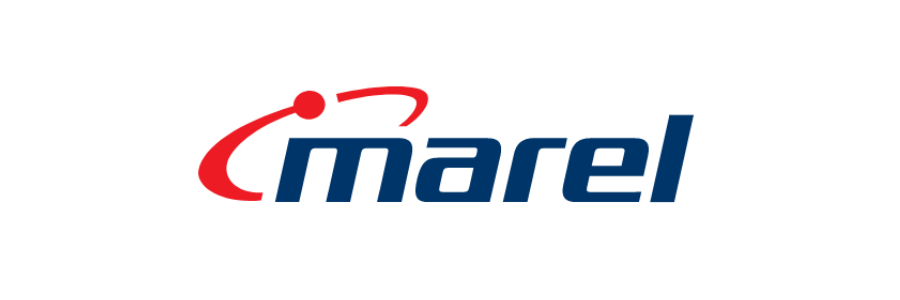


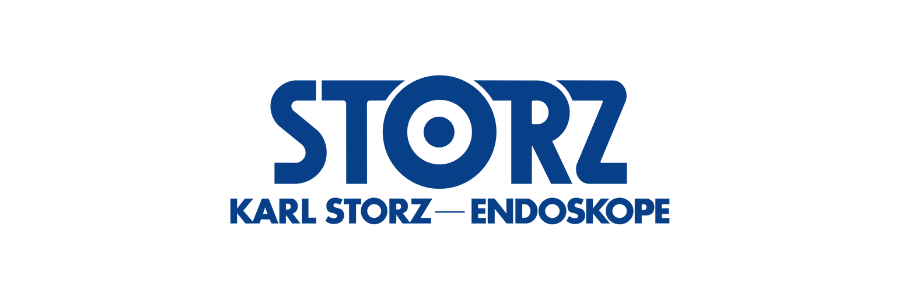

How Does Kahuna Work?
Curate, Assign, Assess, and Develop—In One Easy-to-Use Dashboard!
Each phase of the skills management process is critical in your manufacturing skills training program. If designed and implemented with your business needs in mind, your organization has the opportunity to leverage trusted skills data to identify talent and gain a better understanding of your workforce capability.
1. Curate and Standardize Skills Frameworks
Curate and Standardize Skills Frameworks
3. Assess Employee Proficiency
Assess Employee Proficiency
2. Assign Skills Based on Job Roles
Assign Skills Based on Job Roles
4. Train, Develop, and Close Skills Gaps
Train, Develop, and Close Skills Gaps
Kahuna Supports Smart Manufacturing Initiatives
Navigate Industry Changes with Manufacturing Skills Training
Maximize the Value of Your Smart Factory Investments. Validated skills insights guide staffing decisions for operating advanced technology and processes. Identify which employees have the skills and knowledge to be deployed, and those that require training. Aligning these capabilities with operations enhances productivity, reduces downtime, and drives continuous improvement on the plant floor.
Clearly Define Target Skills For Each Role. In a tough job market, search for the right type of candidate, not necessarily the perfect candidate that can meet every skill requirement. A standardized and digitized skills management program can help develop the candidate’s proficiency in the required skills. This approach opens the job search aperture, and the development efforts increase the likelihood of retention within the organization.
Engaged Employees. Higher Retention. Interactive and accessible technology on the plant floor can increase employee engagement. Kahuna’s skills management system provides transparency into skills and training requirements, empowering employees to own their learning journey within the organization, and showing them that the business is invested in their development.
Capture Critical Knowledge Before It Walks Out the Door. Your people are a wealth of information for their skills, experiences, and critical plant knowledge. As employees enter retirement, the threat of losing this information is growing. Digitizing skills management ensures this data is captured in one system, making it accessible to employees throughout the business and building a culture of knowledge sharing within the organization.
Tie Compensation to Skilling. Give credit to employees for their skills, experience, and expertise. Rather than solely tying pay to job roles, skills-based pay entices individuals to seek out other training, education, or certification opportunities, ultimately developing a more robust workforce that can be more easily mobilized across the plant floor. Kahuna’s skills management system helps you keep track of these skills, feeding this data into your performance management system through an integration functionality.
Manufacturing Skills Training Software
Organizations use manufacturing skills training software to capture, assess, and manage the knowledge, skills, and abilities of employees. Key features of Kahuna’s skills management tool include:
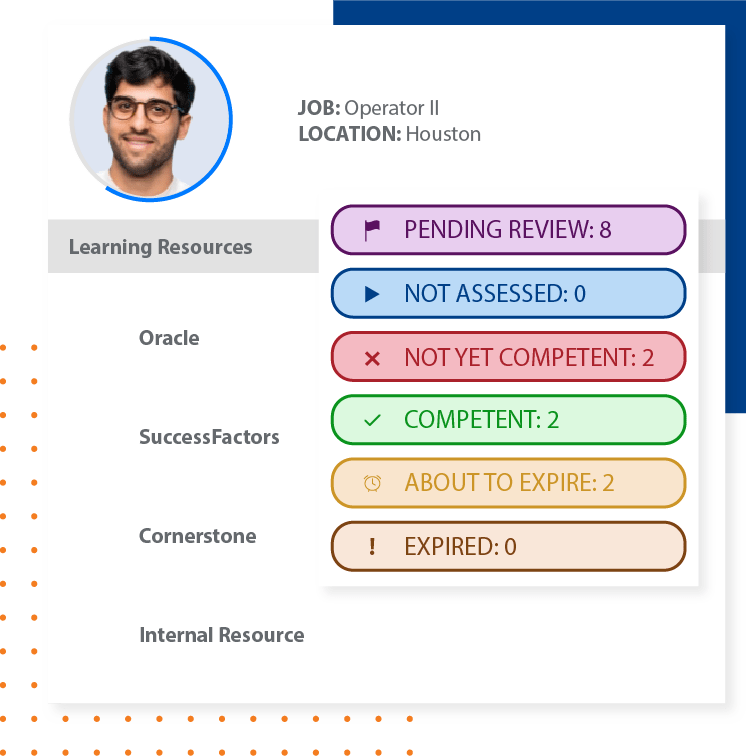
Skills Matrix
Understand skills and capabilities at an employee, team, or organizational level in one dashboard view.
Skills Gap Analysis
Identify skills gaps and opportunities for employee development. Create targeted training programs to close skills gaps on time.
Competency Assessment
Use flexible assessment forms and quizzes, competency checklists, on-the-job experience, and learning inferences to assess employee competency.
Talent Finder
Identify employees with the right skills and competencies for each job. Quickly backfill roles in the case of attrition or unplanned absence.
Training Programs
Integrate required competencies with learning and training materials. Employees can quickly access and understand which competency requirements these resources coordinate with.
Career Paths
Provide transparency for employees to explore career path options within the business. Create development plans that will keep them on track.

